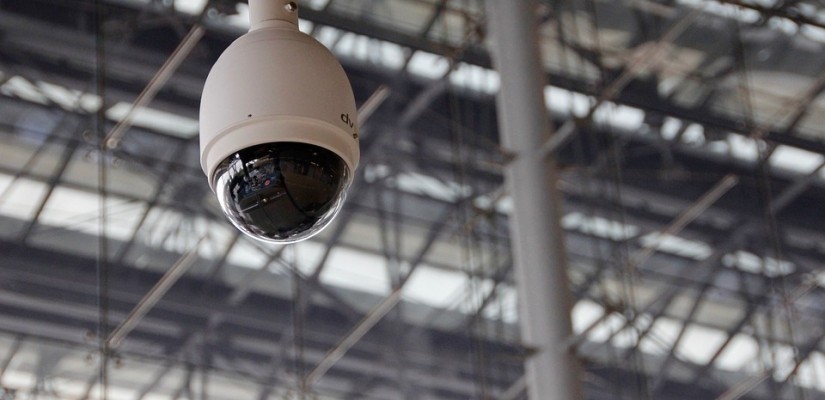Hangzhou Hikvision Digital Technology Co., Ltd. is the world’s largest manufacturer of video surveillance cameras. The Shenzhen-listed company offers core technologies of audio and video surveillance, data encoding and processing, and digital storage. The company also delivers products to over 150 countries across the world. Hikvision has invested heavily in research and development and provides innovative security solutions including facial recognition, image capture in inclement weather, and human identification using only body metrics. Hikvision’s products have been integrated into large-scale security apparatuses including Seoul’s “Safe City” project and at the Bank of India.
In the US, Hikvision products are nearly ubiquitous and can be found at banks, airports, homes, and schools in both public and private settings. These surveillance systems are also used in sensitive national security contexts. For example, Mountain Home Air Force Base (AFB) in Idaho and Peterson AFB in Colorado installed a combined total of $200,000 worth of Hikvision products at their bases in 2016. Hikvision cameras are also used at US diplomatic missions around the world. In fact, the US Embassy in Kabul, Afghanistan issued a procurement contract which only accepted bids that utilized Hikvision cameras.
The US government, however, has growing reservations about the Chinese company. There is concern that the video surveillance equipment can be used to transmit data to third-party actors, exposing significant security vulnerabilities. This is of particular concern to the US government because Hikvision’s largest shareholder is the state-owned China Electronics Technology Group, which owns 42% of Hikvision through its subsidiaries. Furthermore, there are growing moral concerns as Hikvision cameras with facial recognition technology are being installed at mosques and detention centers in Xinjiang.

As a result, the Department of Commerce is considering a move to place Hikvision on the Entity List of organizations that pose a threat to the security of the United States – a list which has expanded with the buildup of the US-China trade war. Companies on the Entity List, such as Huawei, face stringent limitations including a requirement to receive government approval before they are able to buy components from American suppliers. The Department of Defense (DoD) has already taken action against Hikvision while defending their appropriations in the National Defense Authorization Act (NDAA) for Fiscal Year 2019. The Act will restrict the purchase and eliminate the use of “telecommunications or video surveillance equipment or services from its systems … produced by Huawei Technologies Company, Hytera Communications Corporation, Hangzhou Hikvision Digital Technology Company, Dahua Technology Company, or ZTE Corporation.” Federal agencies will have until August 2019 to remove the affected equipment.
While many Hikvision cameras have already been removed from federal agencies, it may be impossible to fully comply with the ban within the allotted timeframe. Many US agencies do not have comprehensive data on how many or what types of cameras are in use and may need to assess each device manually. Furthermore, due to complex licensing agreements, many products made by Hikvision are rebranded when they reach the United States. Hikvision is the original equipment manufacturer (OEM) for popular surveillance camera brands including Panasonic and Honeywell. These companies do not track which products are made in their own production lines and which are merely relabeled. About 60% of surveillance cameras made worldwide also run on chips made by Huawei, which further complicates matters.
All the while, Hikvision stands by their products. Jeffrey He, president of Hikvision USA and Hikvision Canada asserts that all their products “adhere to global cybersecurity standards.” These statements were echoed by IPVM, a leading, independent authority on video surveillance. IPVM President John Honovich stated that they “haven’t found any evidence showing these cameras are sending information back to China, and there is no evidence of such back door,” but fell short of fully ruling out the security threat.

